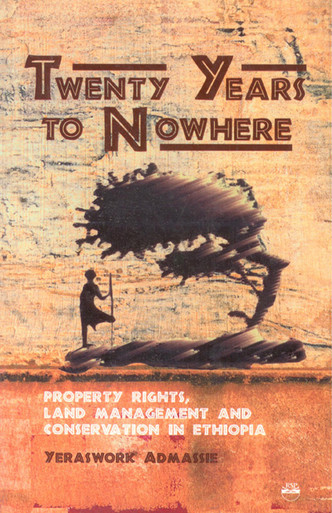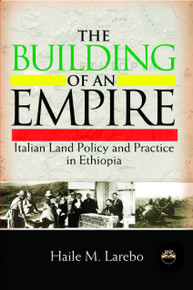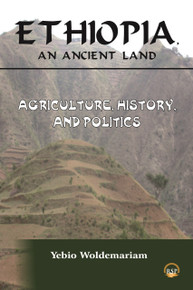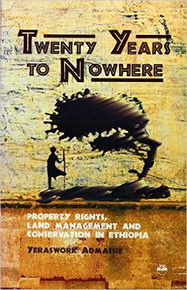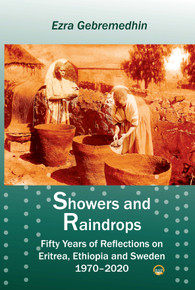Categories
Categories
Authors
Authors
- Home
- Agriculture
- TWENTY YEARS TO NOWHERE: Property Rights, Land Management and Conservation in Ethiopia by Yeraswork Admassie
TWENTY YEARS TO NOWHERE: Property Rights, Land Management and Conservation in Ethiopia by Yeraswork Admassie
TWENTY YEARS TO NOWHERE: Property Rights, Land Management and Conservation in Ethiopia by Yeraswork Admassie
Product Description
The point of departure of this work is the problem of introducing soil conservation and innovations in afforestation on a sustainable basis in rural Ethiopia. This book attempts to answer why a major conservation program introduced and implemented in Ethiopia during the twenty years of the Derg regime failed to induce the changes in land use and management practices that it sought to bring about, and why it was not sustained by indigenous farmers.
The search for an explanation of the failure of the program-induced adoption of soil conservation and innovations in afforestation focuses on four areas: the existence or absence of indigenous conservation-oriented land use and management, the manner in which the program was implemented, the balance sheet of its benefits and short-comings, and the property rights conditions under which the program was promoted. The contribution of this last factor is systematically examined and weighed, separately as well as in conjunction with other factors.
The study concludes that property rights conditions have contributed most to the failure of the program, first by directly undermining farmers' motivation and local institutions; and, secondly, by helping create conditions conducive to the annulment or invalidation of indigenous systems. In addition, property rights conditions led to the emergence and maintenance of a Derg's style of work. The blockage of access to assets generated through a program, and resulted in the loss of a sense of ownership among farmers. A unique contribution of this book is its original perspective for distinguishing between different property rights regimes.
 Loading... Please wait...
Loading... Please wait... 
